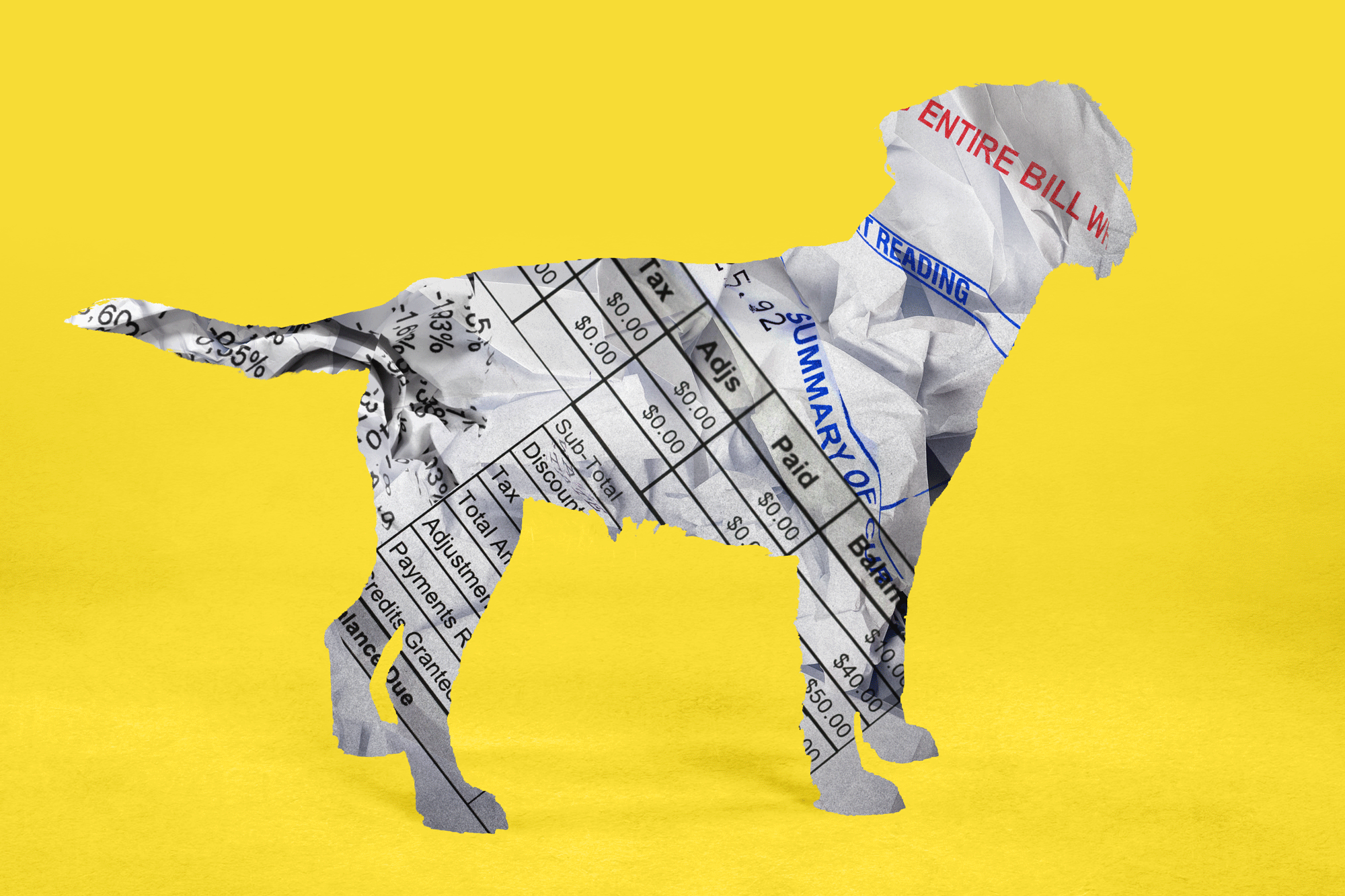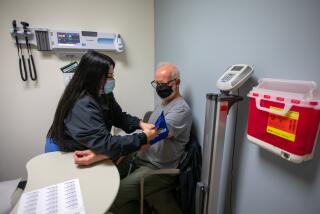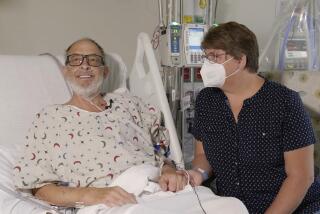Man’s Best Friend Saved by a Heartbeat
- Share via
RALEIGH, N.C. — Douglas Knowlton had a rare heart.
The retired Army colonel had survived three wars when, in 1990, doctors installed a pacemaker to help combat an unusual heart condition that caused him to faint. That device was replaced by a more sophisticated model in the mid-1990s that was still going strong when Knowlton died a year ago at age 81.
His wife, a dog lover, decided that she didn’t want the technology to go to waste. She donated the pacemaker to the North Carolina State University College of Veterinary Medicine.
Surgeons there installed it in a beagle named Cody.
Unusual as it sounds, the procedure is among the most common performed by a growing breed of veterinarians: animal cardiologists.
The American College of Internal Veterinary Medicine has just 117 registered cardiology diplomates, a status that requires successful completion of a certified residency program and a series of rigorous exams.
That is an increase of 75% since 1996, according to Ruth Green, a spokeswoman in the college’s Lakewood, Colo., headquarters.
The growth has been pushed by pet owners’ demands for better, more specialized care and their willingness to spend more for it, as well as the increasing use of ultrasound and other medical technology, said Clarke Atkins, head of veterinary cardiology at N.C. State.
Three cardiologists at N.C. State perform about one surgery a week and also fill their days treating many other animals -- primarily dogs and cats -- with medicine and other means.
Cardiology residents dedicate three years after their four years of veterinary school to the specialty and are often hired quickly after that, Atkins said.
William Rausch, the cardiology resident who installed Cody’s pacemaker, is nearing the end of his stint and is looking forward to a career where he can help add a few years to the lives of treasured pets.
He also appreciates the challenges of the job.
“The heart speaks to me,” Rausch said. “It’s physiology. I’ve just always had a fascination and an appreciation for it.”
Most animal cardiologists work at teaching hospitals or in private specialty practices. They receive most of their cases through referrals from general practice veterinarians who don’t often run into heart problems.
“It brings you a load of challenging cases,” Rausch said.
Animal cardiologists deal most often with degeneration of heart valves and myocardial disease, which affects the heart muscle. The most common surgeries are installations of pacemakers, opening of narrowed valves and shutting off abnormal connections to hearts.
The technology used is often adapted from that developed for humans. Animal cardiologists require much of the same dexterity and skill needed for cardiologists who work with people, Atkins said.
The cost of cardiac care for a pet can be prohibitive. Installing a pacemaker -- even with the donation of a device that can cost as much as $15,000 -- can cost $1,500 to $2,000.
“In my skewed world, everyone is willing to go that far,” Rausch said.
Pet owners also have to be willing to adjust their lifestyles to assure that their animals receive the medicine and other treatment required for heart patients. They often have to set their schedules around the pet’s feeding or medication, and must make sure that the animal gets proper follow-up care and treatment.
“It definitely takes a special owner,” Rausch said. “That’s who ends up at our doorstep.”
Diette Curry of Norfolk, Va., brought her Weimaraner to N.C. State to have a pacemaker installed. Although she’s an experienced pet owner with five other dogs, she didn’t realize until that point that some vets specialized in animal cardiology.
The augmented heart pumped for another 2 1/2 years until the dog died in January of cancer at age 15, the high end of the breed’s average life span.
“Over the course of time, I’m very thankful that veterinarians have branched out to learn more about these things because pets deserve the same kind of care that humans do,” Curry said.
Curry turned her thankfulness into a campaign to collect pacemakers for the school, which now has 15 on hand, plenty to handle demand. The pacemakers come from the families of deceased people, and from companies with pacemakers that have expired shelf lives and can’t be used in humans.
Many of the animals who receive them have heart rates of 20 beats to 40 beats a minute, down from the typical 70 beats to 120 beats a minute.
The slowed heartbeat often causes the animals to faint, just as Douglas Knowlton did in his last years at his home in Rockingham.
Carolyn Knowlton said she learned of donating pacemakers for use in animals through a television show that she saw a few years before her husband’s death.
The notion that the device could extend another life appealed to her and she believes that the donation also honors her husband. She has a framed picture of Cody and Rausch that she hung next to a picture of her husband, his war medals, a U.S. flag and his prized Bible.
“All my friends thought it was the greatest thing they had ever known,” she said. “I thought it was great because people are so dedicated to their animals.”










